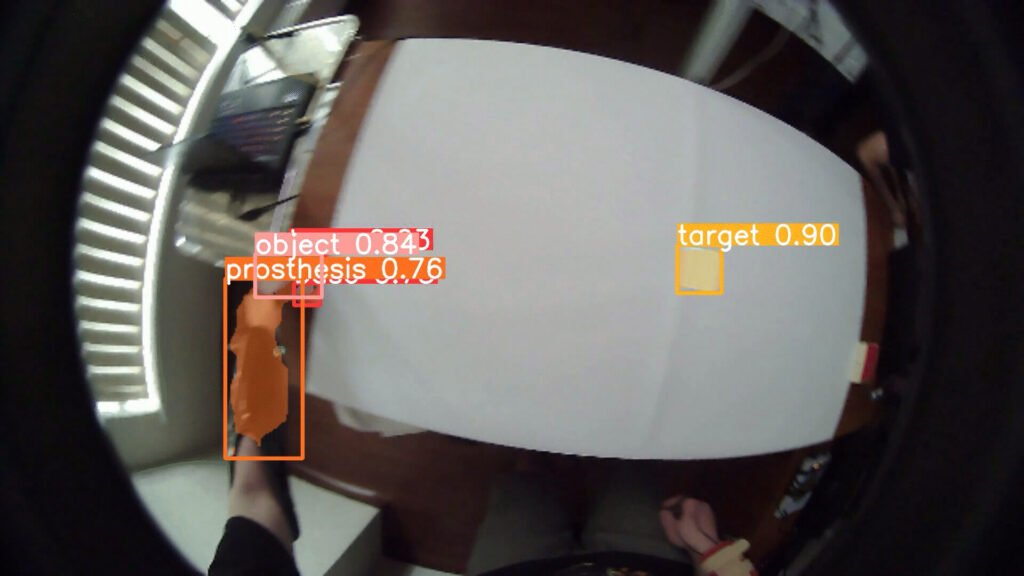Researchers at Skolkovo Institute of Science and Technology in Russia have developed a novel way to objectively measure how well users integrate smart prosthetic arms into their sense of self—without relying solely on verbal feedback. Using eye-tracking technology, the team discovered that the frequency and duration of a user’s gaze toward their prosthetic limb can reveal whether the device feels intuitive or foreign, offering a new metric for assessing comfort and cognitive load.
Smart prosthetics are designed to restore function and sensation to amputees by providing sensory feedback, often through electrical stimulation. This feedback allows users to sense the position of their artificial limb and the objects they’re handling, ideally without needing to look directly at the device. However, until now, evaluating how “natural” a prosthetic feels has relied heavily on subjective user reports, which can be influenced by mood, expectations, or the testing environment.
To overcome this limitation, the Skoltech team created a portable system that includes eye-tracking glasses with two cameras monitoring eye movement and a third camera capturing the surrounding environment. The system uses computer vision algorithms to identify key objects in the user’s field of view—such as the prosthesis, the object being manipulated, and the target area. By analyzing how often and how long users look at their prosthetic during tasks, researchers can infer how much mental effort is required to operate it.
In their study, participants wore the system during everyday activities and structured lab tasks. Those who received sensory feedback from their prosthetic arm—such as electrical signals mimicking touch—tended to look at the limb less often. This behavior mirrors how people use their natural limbs, suggesting that the prosthesis felt more like a part of their body and required less conscious attention. In contrast, users without feedback spent more time visually monitoring their prosthetic, indicating higher cognitive load and less intuitive control.
The research also accounted for long-term adaptation. Participants used their prosthetics over several months, including a one-month period with invasive neuroprosthetic interfaces. The eye-tracking data revealed changes in behavior over time, offering insights into how users gradually adjust to new technologies and how comfort evolves during rehabilitation.
Lead author Mikhail Knyshenko, a Ph.D. student at Skoltech, emphasized the importance of objective metrics: “Sometimes, test subjects may report biased experiences because of their mood or eagerness. Our approach allows extracting additional proxy measures of comfort and mental load—even outside the lab.” This could help designers refine prosthetics based on real-world use, not just clinical feedback.
Article from Skolkovo Institute of Science and Technology: Eye tracking reveals which smart prosthetics feel foreign to the body — independently of user feedback
Journal Abstract: Learning to operate a sensorized prosthetic hand assessed with a portable system based on computer vision, eye tracking and prosthetic sensors

